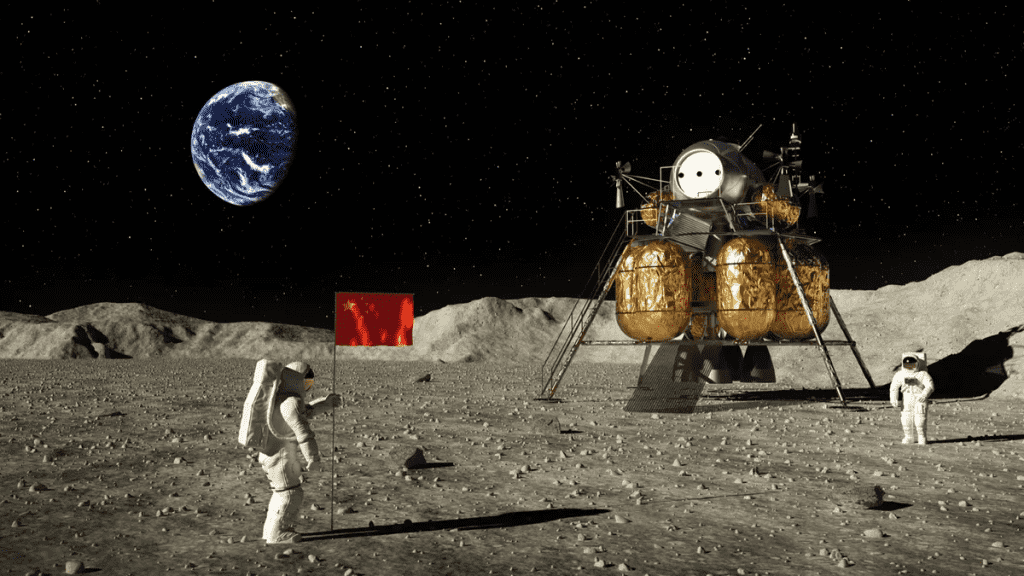As part of a bid to compete with the SpaceX next-generation Raptor engines, China has also come up with a promising new achievement this week. As reported by the China National Space Administration (CNSA), China has successfully achieved the milestone of successful completion of ground tests for its newly built and state-of-the-art Yf-79 engine. The engine will be incorporated into its Long March 9 rocket that will make its first crewed mission to the moon. This super heavy-lift rocket, as reported by the South China Morning Post, will pave the way forward for China in the quest to carry out interplanetary missions to space.

Coupled with this, CNSA claims that they have faced a lot of technical difficulties in the manufacturing of the engine, but at the end of the day, they became successful in conducting the ground tests of the engine for the rocket. The Beijing Astronautics Experiment Institute of Technology (BAEIT) demonstrated that this 25-ton oxygen-hydrogen engine designed for the prototype Yf-79 engine has endured a lot of technical difficulties, which have been successfully overcome by the three ground tests of this new engine.

It should be noted that BAEIT is cooperating with China’s space program and has joined hands with China Aerospace Science and Technology Corporation (CASC) for the successful completion of the project. The South China Morning Post reported that BAEIT stated on its WeChat account, “Our teams … shortened the test cycles and increased test capacity, and achieved consecutive successes.” Similarly, the contractors of the project aspire to make this rocket engine stand at par with its growing competitors, of which SpaceX’s next-generation Raptor engine is the leading one.

Not to mention, the newly built Yf-79 engine consists of three stages and will deploy a 500-tonne in-built thrust for its first stage. This kerosene-oxygen engine, which will use the thrust, is called as YF-130. Seeing the capabilities and the requirements, four YF-130s will be deployed in the initial stage. Secondly, two YF-90 engines have been issued for the second stage and four YF-79 engines for the third stage. In addition to that, boosters will use YF-130 engines for the commencement of operations.
It has been reported by Liu Bing, (who is a CASC designer) at the Zhuhai Air Show that was held last year that the Long March 9 rocket has been designed in order to propel 15 to 50 tonnes of payload to the Moon or 12 to 44 tons of payload to Mars. Hence, let’s see when the Chinese rocket will make its first crewed mission to the Moon after the successful completion of the ground tests.


